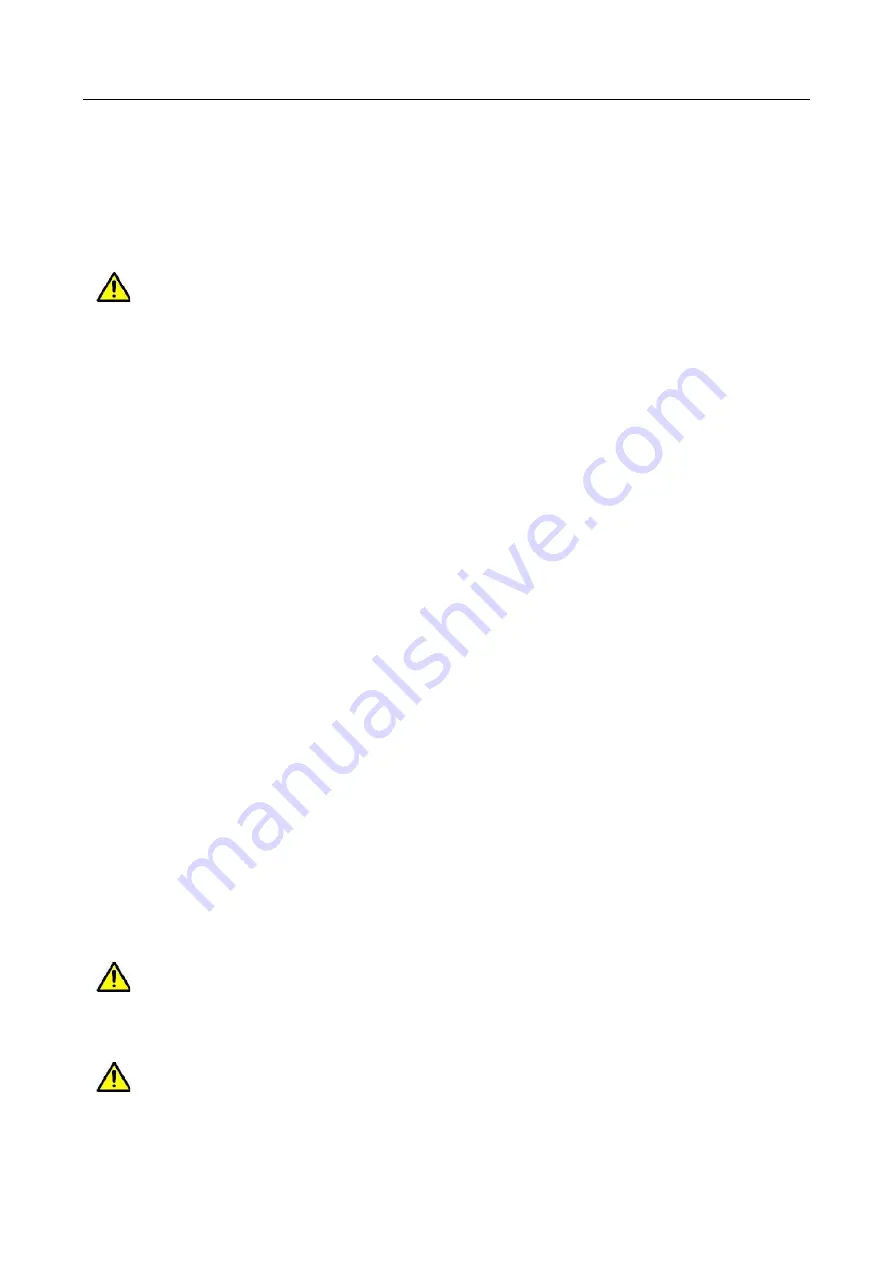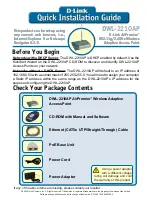
ECP-C1 – Installation and User Guide
U-0769-0001 - ECP-C1_v01 – Issue: 01 Complete / Approved
Page 14 of 29
5.4.2
Flush Mounting
The supplied mounting adaptor plate can optionally be used to enable flush mounting of the help point.
1.
The first stage of flush mounting the unit is to remove the front panel from the back box and to
store it in a safe protected location.
Care should be taken when removing the front panel from the back box. This is because the
front panel wiring including the AFIL hearing loop tape coil can be damaged if it is snagged on
any part of the back box during removal.
2.
Once the front panel has been safely stored, then the adaptor plate should be fitted to the back
box with four of the supplied tamper-resistant screws, the same screws as are used to fit the help
point front panel to the back box.
3.
With a flush mounting, the help point can either be mounted from in front of or behind the
mounting surface. If the help point is mounted from in front of the mounting surface, then the
adaptor plate is visible, with the actual help point front panel being fitted on top of it.
4.
With a front mounting, the mounting cutout in the surface for the back box should be dimensioned
to suit the back box dimensions. It is recommended that the mounting hole is not less than 2mm
oversize in each dimension in order to provide clearance for the back box, including an allowance
for tolerances in the back box manufacture process.
5.
Note that in this method of installation, with the help point back box being mounted from behind
the surface, then an additional gasket may be required in order to seal the front face of the
adaptor plate against the mounting surface. Provision of a flush front panel is dependent on a
suitable mounting surface thickness or appropriate bevel, to match the thickness of the help
point’s stainless steel front plate and sealing gasket.
6.
If there is no access to the rear of the help point once it is installed, then the help point’s
connection cable or cables and any associated cable glands will need to be fitted to the back box
before it is mounted. Note that the RJ45 Ethernet connection cable should be flexible enough to
enable the help point to be assembled without excessive strain being placed on the RJ45 input
socket for the AFIL Hearing Loop’s PoE power supply.
7.
Depending on the environment behind the flush mounting surface it may also be necessary to seal
the four off 5.5mm surface mounting holes located in the rear of the ECP-C1’s back box,. This
could be done with four suitable screws and associated sealing washers.
8.
Once the back box is installed and cabled, then the help point front panel can be connected to
the incoming Ethernet cable via its RJ45 socket, and can be fitted to the front of the back box
using its six tamper-resistant screws.
As when removing the front plate, care should be taken when refitting the front panel to the
back box. This is because the front panel wiring including the AFIL hearing loop tape coil can
be damaged if it is snagged on any part of the back box or the inner edge of the adaptor plate
during refitting.
It is recommended that the front panel is not fitted into the back box until just before the help
point is due to be commissioned, at the end of the site build process. The front panel should
also be protected as far as is possible following installation, until all site works are complete.
This will minimise the chance of the front panel being damaged during other nearby
construction or commissioning works.
Summary of Contents for ECP-C1
Page 29: ......















































